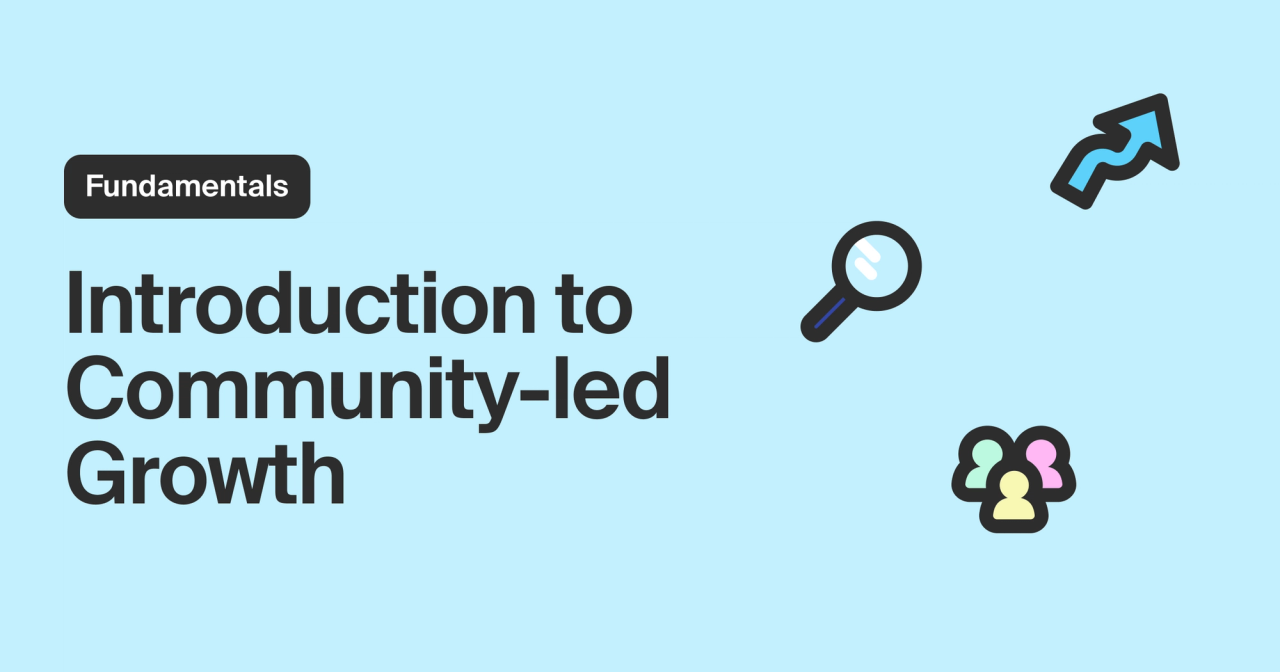12 min read
Community is far more than a single program, forum, or what’s happening on www.community.yourcompanyname.com.
Community means everyone who’s engaging with your organization, everywhere they’re engaging with you. That community, made up of your product users, fans, and champions, is what powers community-led growth.
Read on to learn the basics of community-led growth, as well as the steps to build and maintain a community that thrives and delivers for your stakeholders.
What is community-led growth?
Community-led growth is a business strategy for driving customer acquisition and retention through (mostly) online community-building initiatives.
It’s an integral piece of a larger go-to-market plan. When done well, community-led growth nurtures a growing base of avid brand loyalists while helping companies:
- understand brand sentiment.
- solicit product feedback.
- source new leads.
- improve lead qualification.
Some companies also hold offline events as part of their community-led growth strategy, but most communities today start online: on Slack, Discord, Discourse, and many other channels.
Community-led growth vs. product-led growth
Community-led growth centers on your customer while product-led growth centers on your product.
Community-led growth positions community as the driving force behind customer acquisition, retention, and value through online community-building activities and their network effect.
Product-led growth positions your product as the central force driving go-to-market strategy. The idea is that if your product sufficiently solves a user’s problem, they’ll onboard and become a paying customer.
Unsurprisingly, many product-led growth companies rely on community-led growth to spread product awareness, education, enablement, and adoption.
Community vs. audience
An audience is a passive group of viewers that receives your company messaging, usually in the form of marketing content.
A community, on the other hand, is much more mutually beneficial. Communities don’t just interact with your company—they interact with each other, member to member.
Both your business and your community members reap the rewards of this dynamic. Community members grow their knowledge, share best practices, get support, and form relationships with like-minded individuals. Your business wins by increasing brand awareness, customer acquisition, and customer retention.
Why adopt a community-led growth approach?
Human beings are social—we instinctively communicate with each other and seek input when we need help.
When someone is making a purchasing decision, they naturally look to others who have faced a similar decision for advice on what to do. And in our ultra-networked age, this is easier to do than ever before.
In researching 360: The Community–Led Growth Report, we found that across nearly all community spaces, members were more likely to respond to each other than a company’s internal teams (28% versus 13%). That explains why the vast majority of the companies we analyzed either already had a community champions program or were working to build one.
When brand loyalists promote a product to their peers, it resonates far more with prospective customers than a short promotional video on LinkedIn or an email sent directly from a company’s marketing team.
We discovered that 72% of community-led deals closed within 90 days compared to only 42% of sales- and marketing-led deals.
Who is in your community?
Communities often run the gamut from customers and prospects to contributors, creators, and industry influencers. Ultimately it’s up to you to decide how exclusive your community will be.
Some communities are built for role-specific or product-specific groups. Members may need to demonstrate that they have a certain kind of job or that they’re active users of a product. But other communities are open to anyone who wants to learn something new or dive deeper into a product’s functionality.
The role of moderators and community managers
Moderators and community managers curate communities and decide how focused or broad membership will be. An exclusive group often has fewer but more engaged members, while a broader group garners more brand awareness but may be less active.
How to build a community-led growth engine
There are a few priorities to keep in mind when getting started:
1. Work backward from specific goals
The first step to building a community (or growing an existing one) is to identify:
- why you’re building it
- what you hope community members get from it
- what business outcomes you want to drive
If you’re building a community of practice, the goals of your target users may be to learn the latest industry best practices, network with peers in the community, or upskill.
On the other hand, if you’re building a community of product, your customers hope to learn new, innovative, and efficient ways to leverage your product to benefit themselves and their organizations. These community members are also more likely to be interested in consuming your content and receiving product updates.
2. Establish a collective knowledge base
Contributors from the community will play a vital role in enriching it by bringing in their own expertise. This can also help relieve some of the burden from your team.
Creating a knowledge hub of relevant content, including thought leadership related to the space, is helpful in ensuring all collaborators understand the fundamentals of the community’s specific area of focus.
It may also be helpful to identify influencers or industry leaders in the space that collaborators can follow on social media for news and best practices. Staying up to date on trends within your community’s industry is vital to maintaining brand authority, building trust within your community, and fulfilling the goals of members.
3. Facilitate user interactions
Enabling and encouraging members to interact with each other directly is integral to maintaining and nurturing a vibrant community where members feel a sense of belonging and camaraderie.
You’ll likely want to choose a platform that allows users to message each other directly to ensure members can more easily build real relationships with other members.
Additionally, setting up automated workflows or prompts that encourage members to introduce themselves, engage with other members, share content, or answer each other’s questions helps increase the level of user-to-user engagement within the community.
4. Identify your community members
Identifying the people who comprise your community is a key step in achieving your business goals. You need to know who’s in your community (or who you’re building it to attract).
There are several types of users you’ll want to engage, including:
- Existing customers: They can serve as brand advocates who organically discuss the benefits of your product with others.
- Prospects: They can become customers if they receive the necessary education and enablement.
- Employees: They can share unique expertise with the community (they also have a lot to learn from customers and prospects).
- Industry influencers: They can provide credibility and promote brand awareness. Your community team can identify relevant influencers or experts based on the themes or topics of discussion central to your community and ask them to participate in distinct ways.
5. Leverage automation for more impactful results
Depending on the platform you use to host your community, there may be features that enable community managers and moderators to send automated messages to users. There are other tools that are purpose-built for community teams looking to scale their efforts without increasing headcount.
Common Room, for example, allows you to set up automated workflows that proactively engage users. Community managers can set up welcome messages as part of onboarding workflows, re-engagement messages for users that previously were active but have since dropped off, and surveys for members based on their feedback or recent replies.
Tips for smarter community-led growth
Communities, like their members and the people that support them, each have their own needs, goals, expectations, and cultural norms. Based on our work with some of the industry’s most community-oriented customers, we suggest these actions as inspiration points for deeper ideation, conversation, and experimentation:
Find (or create) the space that your community loves
Whether you find it or build it, the first step is to create a space (or nurture an existing one) to gather your community members together. Hosting and building out community channels of your own gives brands more control over the themes, activities, resources, and discussions shared and addressed within the community.
But remember: Even if you host your own community, it's important to not ignore the broader ecosystem. Conversations about your brand and product are going to be happening across other channels as well, such as Twitter, Reddit, LinkedIn, and more. Be sure you’re also keeping an eye on the valuable feedback being shared outside of your hosted spaces.
Proactively engage members
It can be a full-time job to greet, check in with, get to know, keep track of, and manage relationships with community members.
A welcome message goes a long way toward establishing an ongoing dialogue, but that’s only the beginning. Once you’ve said hello and helped your new member get oriented, you’ll likely want to follow up in a few ways.
You may want to check in with them at 30-, 60-, or 90-day intervals to see if they’re finding what they joined for. Or maybe you’ll want to survey them to understand what they’re most interested in learning about or doing. Or perhaps you just want to acknowledge and thank them after they’ve contributed to your community a certain number of times.
Establish a regular cadence for community gatherings
Even if you start small, host events on a regular, consistent basis.
Whether bite-size and weekly or more comprehensive and quarterly, set regular time aside for members to gather—digitally or in real life.
Create a group of early community champions
Invite your biggest fans to meet regularly, share feedback and goals for the community, and access your internal teams, such as product or engineering.
Forming these relationships early empowers your members to shape the ongoing community and product experience and enables you to extend your work beyond what you can do individually.
Re-evaluate your community surfaces
Consider adding or removing community surfaces based on patterns of community interaction, usage, and conversations.
Ask your community where it prefers to engage and re-evaluate how and where you and your teams can deliver the most value to them. If there’s a surface that no longer serves your community or a surface your team won’t pay attention to, it’s better to co-create a community transition plan than it is to leave community surfaces unattended or underserved.
Strengthen your community tech stack
Communities where members interact with organizations across three or more surfaces often see a rapidly increasing amount of volume and complexity in member needs, interactions, contributions, and requests—and a steep increase in manual work to address it.
Managing, tracking, responding, and deepening relationships everywhere your community members are becomes more clear, more efficient, and more sustainable when you use an intelligent community growth platform that unifies member data across your community technology stack, intelligently surfaces insights, and enables you to take the right actions at the right time by automating workflows.
Draw a direct line between community work and business impact
To earn ongoing community investment, as well as stakeholder and cross-organizational enthusiasm, show functional leaders (all the way to the executive level) why community matters to their goals.
Some options include using:
- Influencer membership growth to show increased reach to marketing teams
- Leads first seen in the community to show revenue impact to sales teams
- Responsiveness rates to show ticket deflection to support teams
- Real-time product bug, issue, and feedback analysis to show product improvement opportunities to product and engineering teams
- Location data to show resourcing intelligence to operations teams
Reinvest in your community
Hitting KPIs should never be the endpoint of your community efforts.
To continue growing—and continue delivering value back to your members—it’s important to use insights and analytics to inform what additional programs you’ll build to nurture your community. Every success should act as a stepping stone to an even stronger community.
Challenges of building community-led growth
As with any initiative, there are some challenges that come along with building a community-led growth program:
Driving engagement
Engagement is the lifeblood of your community-led growth strategy. Without active members, your community will quickly become stale and growth on any front will stagnate.
Connecting at scale
Engaging members becomes a challenge if your community team is overwhelmed by the sheer number of participants. Ensuring all members adhere to community guidelines (or even making sense of community activity) becomes next to impossible with a large quantity of messages, threads, and channels to follow.
Measuring outcomes
Your community-led growth strategy may be spread across different channels and platforms, many of which you don’t (and can’t) control. This can make it difficult to accurately measure engagement and other KPIs. Additionally, some platforms, such as the free-tiered version of Slack, may have opaque or limited analytics capabilities.
How Common Room helps communities grow
Common Room gives brands real-time intelligence and workflow automations to accelerate and measure community impact.
The platform pairs machine learning-powered insights with engagement and reporting tools to help community managers build, manage, and measure fast-growing communities. It also helps go-to-market leaders identify prospects, prioritize leads, and better understand the user journey.
Leverage automated workflows to deliver messages to specific users at the right time, customize automated reporting to keep track of your community’s health and identify areas for growth, and track the topics, discussions, and activities that are most impactful to your community and to your business’s bottom line.
If you’re looking to multiply the success of your community-led or product-led growth strategy with a self-sustaining community of brand evangelists, it’s a good idea to start by outlining the goals of your brand and your community to see which platform best suits your needs.
To intelligently engage and grow your community, try Common Room for free or request a demo. Looking for more information on building a community-led growth strategy? Check out Human relationships change everything: building the future of community-led growth. And to chat with community and DevRel professionals like you, join us in the Uncommon community Slack.
We think you'd like these
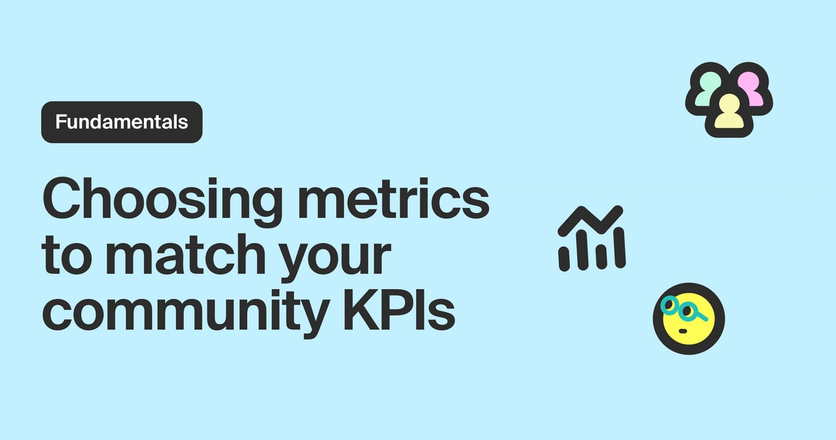
What your community metrics and analytics are telling you
Feb 9th, 2023·13min readCommunity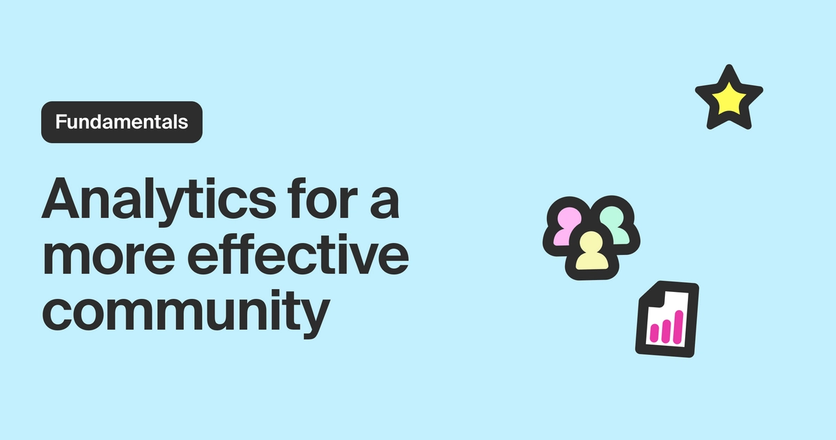
Community analytics: why they’re important and what to measure
Jan 13th, 2023·9min readCommunity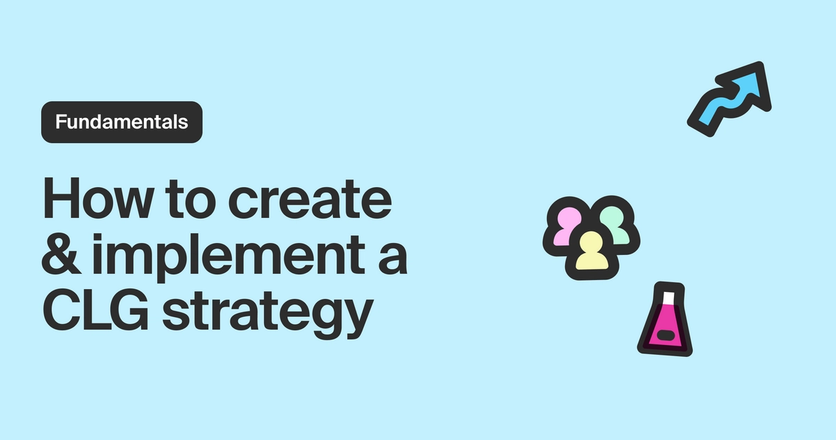
Assembling a strategy for community-led growth
Jan 11th, 2023·12min readCommunity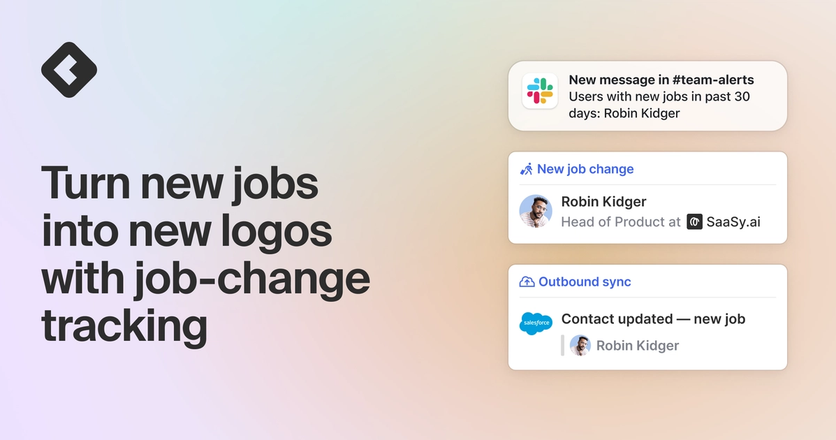
Turn new jobs into new logos with job-change tracking
Apr 25th, 2024·6min readProduct
